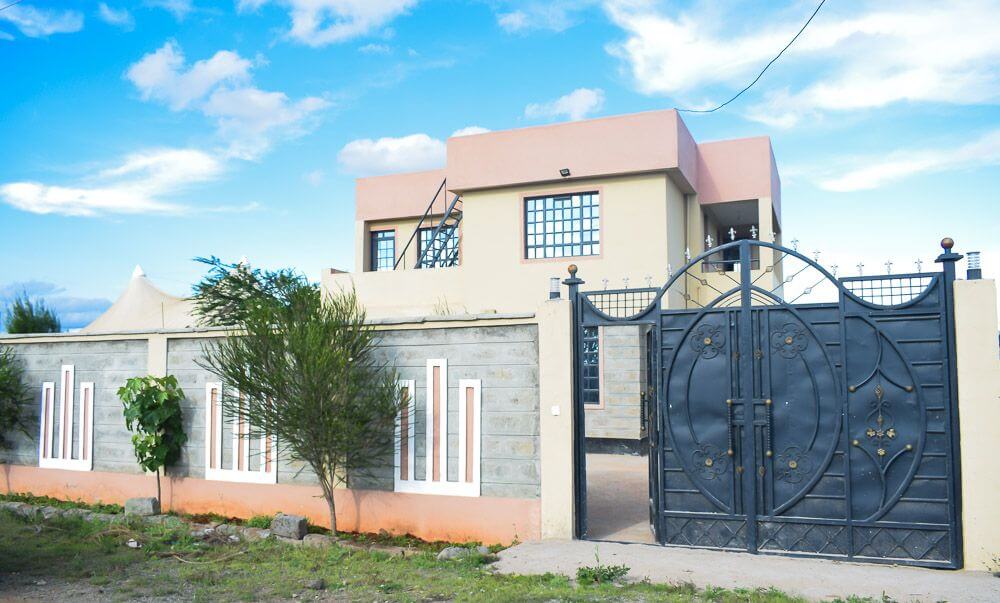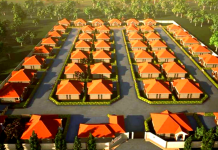When considering the possibilities of constructing a concrete roof to protect against storm winds, it’s nearly impossible not to think of the complexities.
An increasing number of builders are using greater quantities of concrete in home construction. Wood may stand the test of time under normal conditions, but it can easily fail if subjected to additional loads or uplift forces from high winds.
What is a Concrete Roof?
A concrete roof is exactly what it sounds like: a solid slab of concrete capping the top of your house. Exact specifications vary, but most concrete roofs are several inches thick.
How to Install a Concrete Roofing
To install such a roof, a crew first builds a framework for the intended roof. These frames can either be removable concrete forms or stay-in-place insulating concrete forms, which simply become a part of the finished roof.
Then a concrete mixture is poured, spread through the framework and reinforced with steel bars, which serve as a kind of skeleton for the cured concrete.
While flat roofs are the easiest to create out of concrete, complex sloping roofs are also possible. These options allow concrete roofs to fit virtually any desired housing style, though sloped roofs require a great deal more engineering and design.

Contractors can cover the roof with any manner of finish, tiles or shingles to help give it the desired look.
Of course, this type of roofing requires more support than a typical wooden roof. Concrete weighs a lot, and the outside walls have to be capable of supporting the giant slab. Interior support beams can help, but the construction works best when concrete walls, floor and roof form a solid shell.
For this reason, adding concrete roofing onto a wood-framed house requires a lot of structural adjustments. If the roofing isn’t properly supported, it can collapse, especially if subjected to additional stresses such as earthquakes.
Benefits of a Concrete Roof
A concrete roof also cuts down the risk of damage from fire, termites, fungi and water damage, While floodwaters might deform or float a wooden home, a well-built concrete home will stand solid.
This makes the structure itself far more salvageable if worse comes to worst. In many areas, concrete roof construction also allows structures to bypass certain building codes and can also cut down on insurance premiums.
The final price tag for a residential concrete roof runs pretty high — often two to four times as much as a traditional wooden roof would cost. That isn’t to say you can’t construct such a roof on the cheap.
Less aesthetically minded concrete roofs are common throughout the flood-prone parts of the developing world. These structures often consist of small homes topped with rows of steel beams and blocks that are covered in a coat of concrete.
Of course, there’s more than one way to apply concrete protection to your roof.














